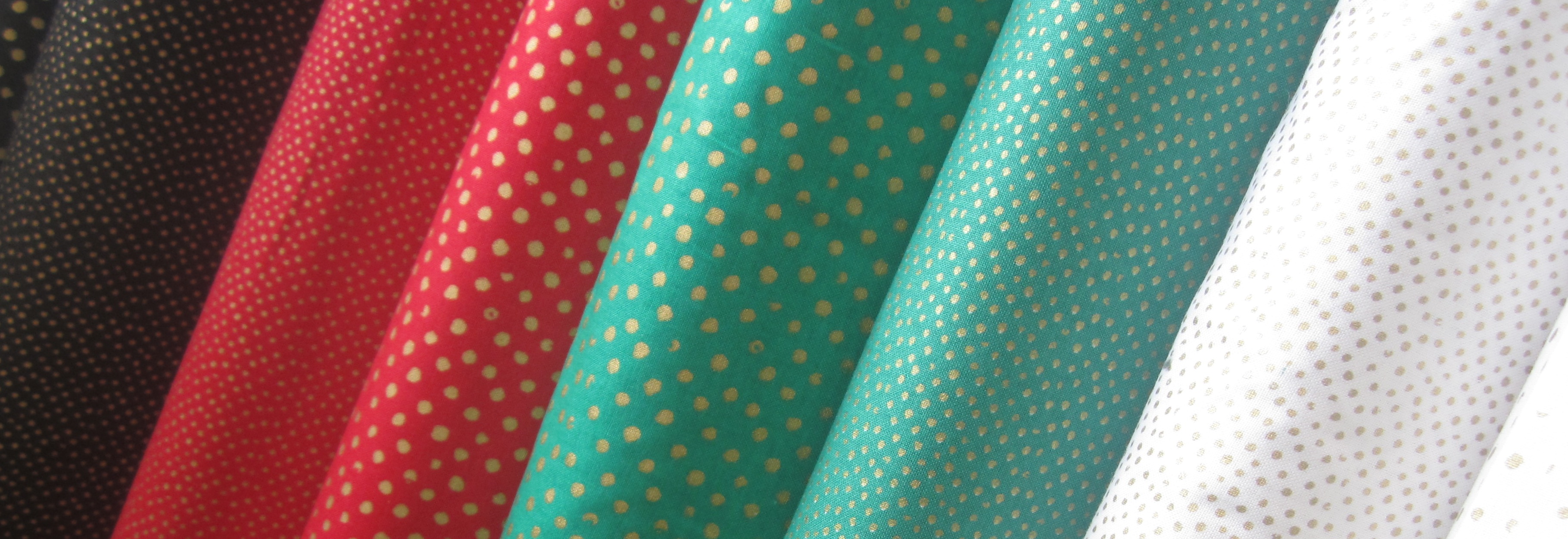Types of Witchcraft: Stitchcraft
While stitchcraft is very simple, there are different kinds of Stitchcraft. Stitchcraft can either be used as components in a spell or you can enchant the item you are creating. Personally, I'm partial to enchantment.
Spell Components
Stitchcraft can be used as a component to different spells and depending on what materials and types of fibre you use it can change the effect. Like I mentioned earlier, witches ladders can be considered a basic form of stitchcraft due to the usage of either rope, twine, or yarn and knots.
With most knot work the kind of fibre used can help with the intent of the witches ladder. For example, if I was trying to create a witches ladder to promote prosperity then I could use twine or yarn with a silk base.
You can use fabrics as a way to seal something or to aid in the intent of a spell. Like you could create a sachet out of a specific cloth, or use cloth under wax to create an extra strong seal.
Here's a short list of fabric types and possible uses (as provided by witchonthebayou)
- Broadcloth: general use
- Burlap: curses
- Canvas: creativity
- Cashmere: divination
- Cheesecloth: spellwork
- Chiffon: self-love
- Cotton: green magick
- Denim: endurance
- Embroidery: hedge magick
- Felt: poppet magick
- Flannel: kitchen witchery
- Fleece: peace
- Gauze: healing
- Jute: swamp magick
- Lace: spirit work
- Leather: vampiric magick
- Linen: sun magick
- Mesh: energy work
- Muslin: desert magick
- Netting: sea witchery
- Nylon: storm magick
- Polyester: pop culture magick
- Satin: draconic magick
- Sequined: Fae Magick
- Silk: nymphatic Magick
- Spandex: adaptability
- Suede: urban magick
- Twill: protection
- Velvet: psychic powers
- Wool: animal magick
Enchantment
Enchantment is a tricky thing. How someone enchants something that is handmade is various person to person, but what I've found is that there are several methods of enchanting handmade goods.
- Enchanting the materials: When enchanting materials you enchant each material to have a specific purpose within the final project. This is commonly used creating garments, embroidery, or decorative weaving. the fabric, the thread, or the floss each has it's own meaning thus when it comes together all of those enchantments create a very complicated enchantment in the end result.
EX: A general protection cloak. The fabric acts as the main part of protection against external negative energy and the seams can protect against internal negative energies. - Enchanting as you create: This is common when sewing things together, knitting, crochet, as well as embroidery. While creating the item you place energy into, which often takes a lot of time and focus and can be exhausting. I'm partial to this kind of enchantment.
EX: A good luck scarf and adding energy to it as it's made - Enchanting after creating: This kind of enchanting can be done with anything, even with storebought goods. It's included here because enchanting and items you made often can increase the easy of enchanting the item or make the enchantment stronger. If you know how to enchant you can do this like any other enchantment.



Comments
Post a Comment